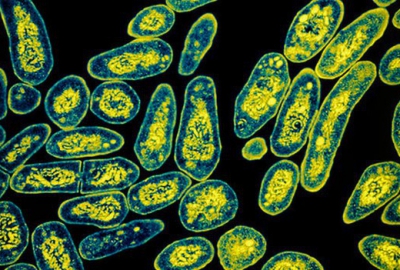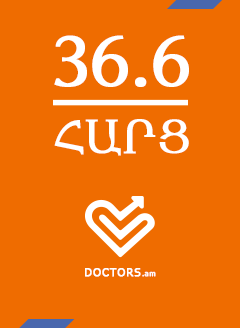Everybody’s cholesterol levels are affected by the genes they inherit from their parents. Why? Because there are many genetic traits that influence the amount of cholesterol and other blood fats in the blood stream and how these are transported around the body and ultimately disposed of. However there are two main forms of inherited high cholesterol – familial hypercholesterolaemia (FH) and familial combined hyperlipideamia (FCH) which can significantly increase the risk of cardiovascular disease. Together they affect about 1 in 100 of the population. It is important to identify people with FH and FCH so that they can be treated effectively.
Familial Hypercholesterolaemia (FH)
FH occurs in about one person in every 500 and is one of the most frequently occurring inherited conditions. It is caused by an abnormal gene resulting in exceptionally high cholesterol levels, usually between 7.5 and 12mmol/l but sometimes in excess of 20mmol/l. Triglycerides are generally not increased, or if they are, only moderately. High cholesterol levels start from birth and are present throughout life. People with FH are at high risk of early cardiovascular disease (CVD). More than 120,000 people in Britain have the problem, a similar number to those who need insulin to control their diabetes. However, unlike that type of diabetes, many people with FH go undetected with tragic consequences. People with FH may develop heart problems or die from cardiovascular disease early in life, often in their 30s, 40s or 50s, sometimes earlier, especially if they are not treated.
Family Matters
FH is a genetic problem and can be passed from parent to child. Each family member has an even chance of inheriting the problem (like tossing a coin). Whenever FH is diagnosed, it is essential that all close blood relatives have their cholesterol levels measured so that other family members with FH can be traced and they too can start preventative treatments.
Signs of FH
As well as a very high cholesterol level and a strong family history of CVD, FH can sometimes be recognised by outward signs, ‘lumps and bumps’, which need the expert eye of a doctor for accurate diagnosis. Not everyone with FH has these signs. They may result from cholesterol deposited in the tendons at the back of the hands overlying the knuckles and in the Achilles tendon at the back of the ankles. The resulting swellings are called tendon xanthomata.
Cholesterol may also be deposited in the skin around the eye or eyelid. These deposits are usually yellow and are called xanthelasmas (pronounced zan-thel-as-mas). Another visible sign often seen in people with FH is a pale or white ring around the inside of the outer rim of the iris, the coloured part of the eye. The ring is called corneal arcus. Only tendon xanthomata are specific to FH. Xanthelasmas and corneal arcus can occur for other reasons as we get older.
Testing of FH in children
It is important to identify FH in childhood, particularly in families where CVD occurs early in adult life. Children should be tested before the age of ten, but generally not before age two, although it is possible to test for FH soon after birth. A diet low in saturated fat can be followed by children over two years of age, provided there is sufficient energy and nutrients to support normal growth. Parents should be referred to a registered dietitian experienced in lipid management. Whilst opinions differ regarding the treatment of FH in children, it is recognised that they will be in a position to benefit early in adult life if their FH is diagnosed in childhood. Lipid lowering drugs for children should only be prescribed by a specialist clinic.

















